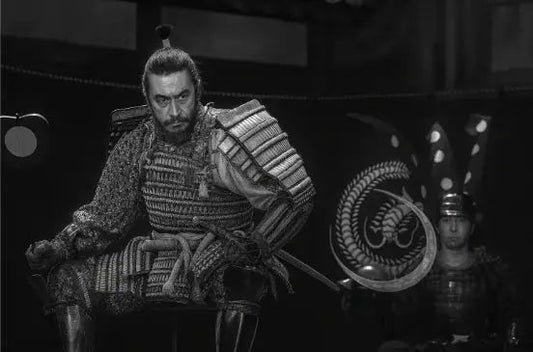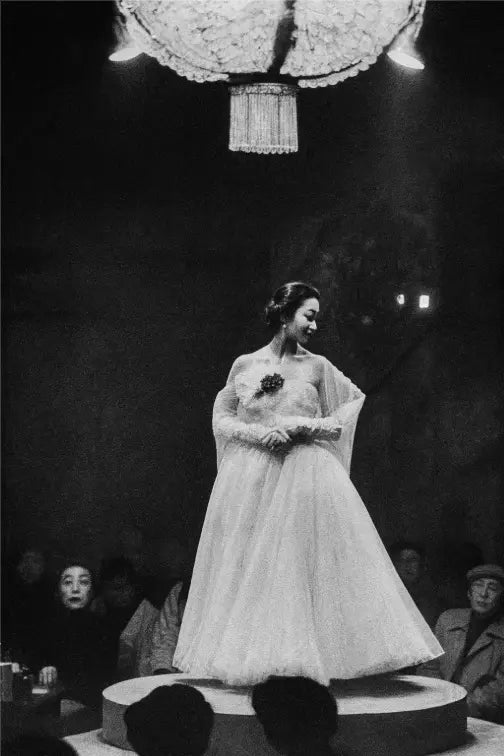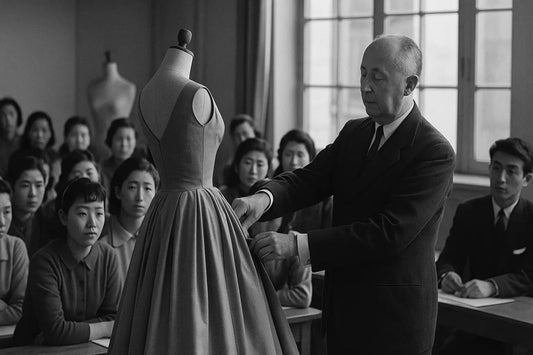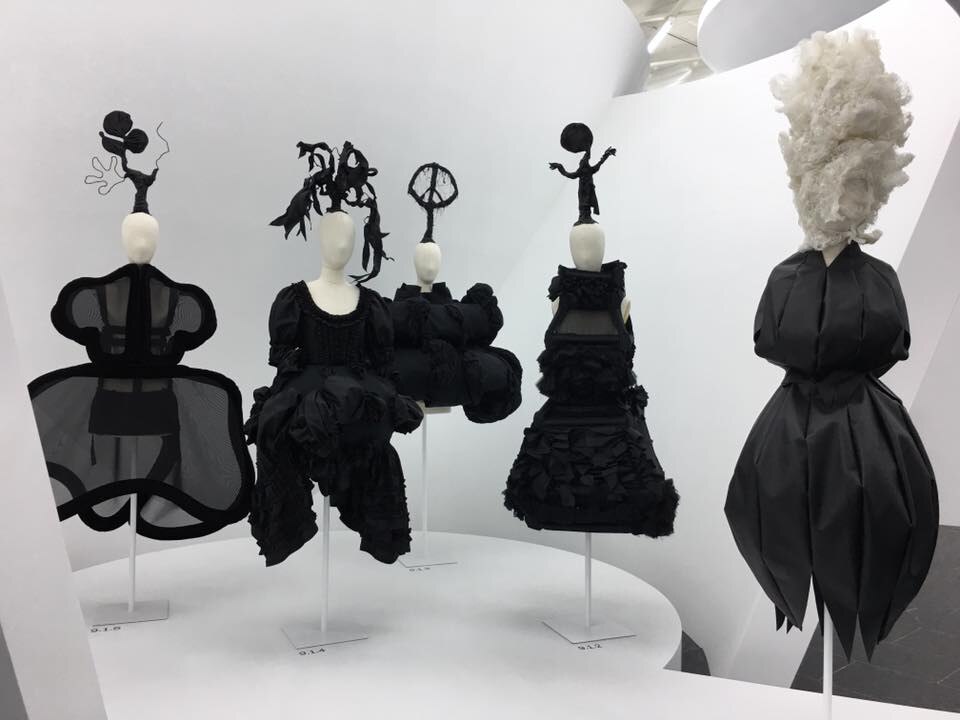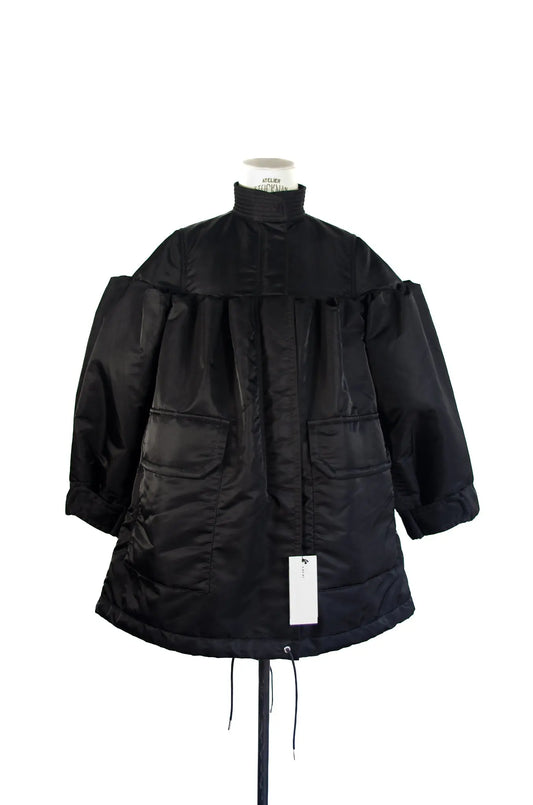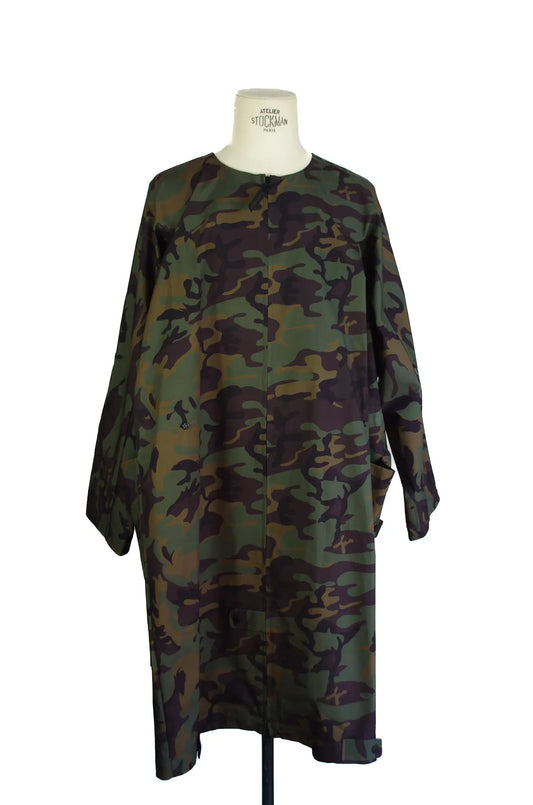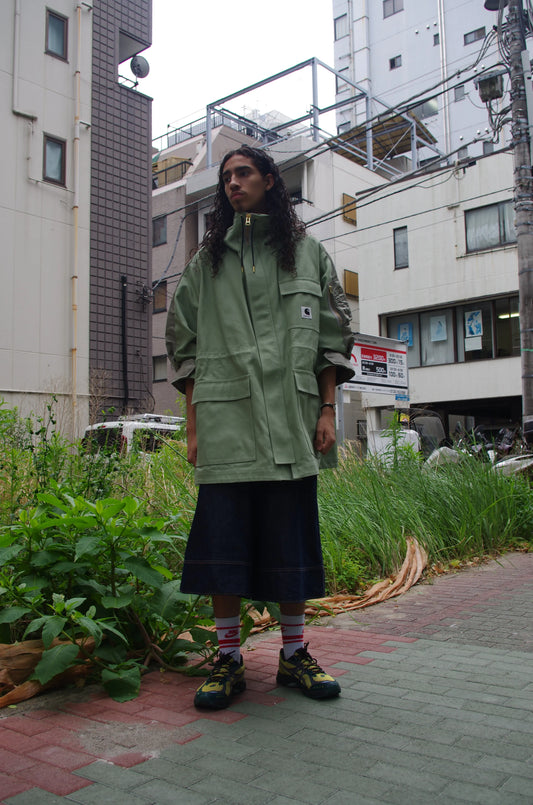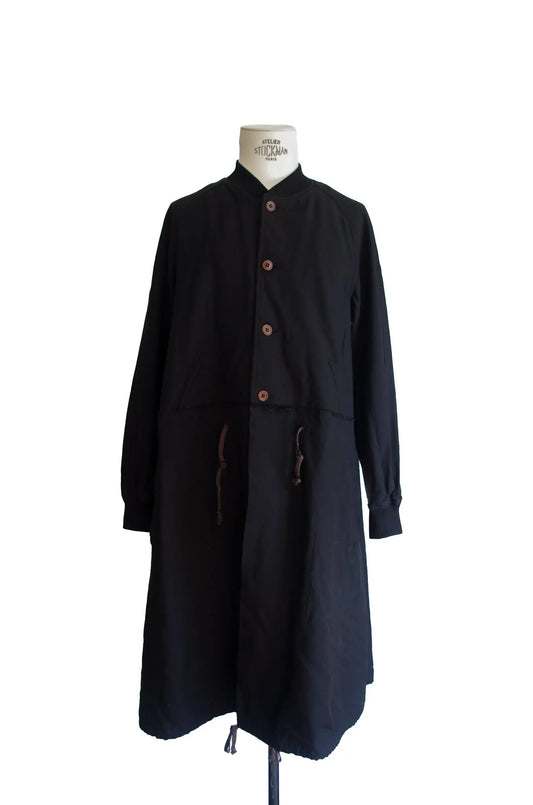BUNKA FASHION COLLEGE — AT THE HEART OF JAPANESE FASHION
For over a century, Bunka Fashion College has embodied the avant-garde of Japanese fashion. A true laboratory of creativity, the school has trained major names—from Kenzo Takada to Rei Kawakubo, from Yohji Yamamoto to Chitose Abe.
At KIZUNA Paris, we shine a spotlight on this institution: understanding Bunka means grasping the soul of Japanese creation that inspires our selection.
1919 – 1945: The Foundations
Founded in 1919, Bunka pioneered a fashion hybrid of Japanese traditions and Western styles. In a changing Japan, the school introduced young women to modern techniques while promoting textile heritage. Even during the war, creativity endured despite the restrictions: learning to invent with little.
1945 – 1970: Renaissance, opening… and DIOR in Bunka (1953)
After the war, Bunka became the driving force behind an internationally oriented Japanese fashion. A seminal moment: in 1953, Christian Dior came to Tokyo and presented his fashion to the Japanese public, met Bunka students, and opened a direct dialogue between Paris and Tokyo. The school published new textbooks, attracted thousands of students, and forged a worldwide reputation. The foundations for the creative explosion to come were laid.
1970 – 1990: The triumphant avant-garde in Paris
Consecration: Rei Kawakubo (Comme des Garçons) and Yohji Yamamoto, both trained at Bunka, overturned the codes in Paris in 1981. Their first Parisian show, the Spring-Summer 1982 collection, shocked with its black, torn, asymmetrical, and deliberately unfinished silhouettes. The press saw it as an aesthetic revolution, sometimes controversial, which marked the resounding entry of Japanese fashion into world history. Bunka thus became the springboard for this radical avant-garde.
1990 – 2000: Diversification and global influence
Bunka is consolidating its influence, developing programs and international gateways. Graduates are multiplying collaborations and experimenting, redefining the boundaries of fashion. Japan no longer imitates; it inspires.
2000 – Today: New Generations, New Visions
In the 21st century, Bunka continues to train leading figures: Chitose Abe (Sacai), Jun Takahashi (Undercover), Noir Kei Ninomiya… All extend the legacy by combining craftsmanship, technology, and urban spirit. The school remains a symbol of a fashion in motion where tradition and the future meet.
A story, stories…
Dior at Bunka, 1953 — The Paris–Tokyo Bridge
Christian Dior presents his fashion in Tokyo and meets the new generation trained at Bunka. This encounter embodies the East-West bridge: Parisian haute couture becomes a living reference in Tokyo classrooms, accelerating the international expansion of Japanese fashion.
Yohji and his mother — Sewing as dignity
Yohji Yamamoto grew up in his mother's seamstress's workshop. Later, at Bunka, he transformed this memory into language: protective black, loose cuts, the poetry of shadow. His first Parisian fashion show (1981) was a discreet homage to this savior and elevating couture gesture.
Iconic creators from Bunka
-
Kenzo Takada — Colorful and joyful energy.
-
Rei Kawakubo (Comme des Garçons) — Deconstruction as art.
-
Yohji Yamamoto — The poetry of black and asymmetry.
-
Chitose Abe (Sacai) — The collage of styles and materials.
-
Jun Takahashi (Undercover) — Conceptual punk and cult.
-
Noir Kei Ninomiya — Textile architecture in absolute black.
Bunka Fashion College is not just a school: it is a cradle of ideas, a forge of talent, and the beating heart of Japanese fashion. Tracing its history—from Dior in Tokyo (1953) to the revolutions in Paris—
👉 Discover the full story

